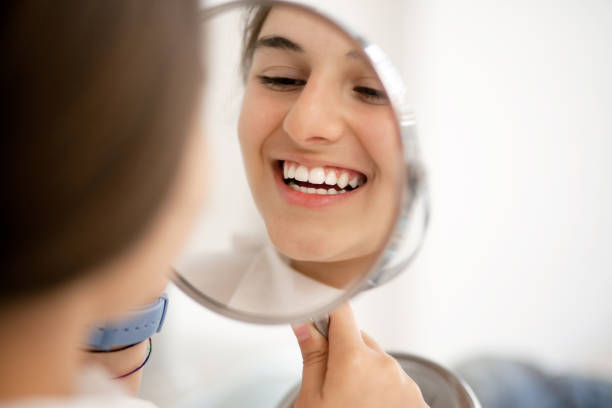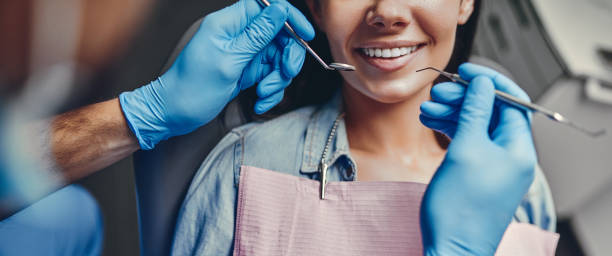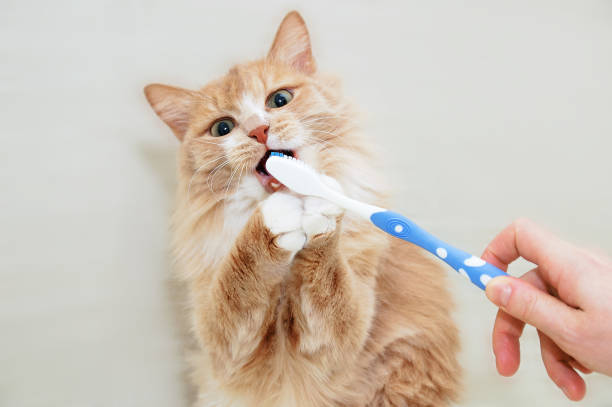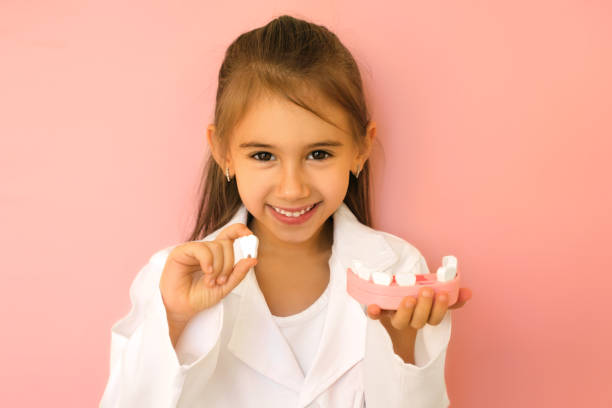Useful tips for brushing your teeth and instructions for proper dental care. Some daily activities seem so normal to us that we do them without even thinking about them. Who thinks about how they sit, how they stand up, or how they brush their teeth.
Brush your teeth properly and effectively
However, it is often precisely these everyday things that are worth taking a second look at and finding out whether we are doing them correctly. After all, it’s the things we do frequently that can have the greatest impact. For this purpose, you will find tips on how to brush your teeth correctly below. This guarantees that your mouth stays healthy and bright.

1. Brush your teeth gently
This point is particularly important. Each of us has our own way of brushing our teeth. However, some of these techniques cause more difficulties than others. Teeth should be brushed gently as vigorous scrubbing can damage teeth and gums. Avoid sweeping, use gentle, circular motions instead. A well-known tip is to brush your teeth as carefully as you would brush valuable antique furniture. To check if you’re brushing too hard, just pay attention to your toothbrush while brushing. Are the bristles bent backward? If so, you’re probably brushing too hard.
2. Brush your teeth for at least 2 minutes
While most people know that 2 minutes is the recommended brushing time, most brush too little. It is of course possible to buy an hourglass or egg timer and use it to control yourself. However, if you don’t want that, you can use another trick. Turn off the tap. It turns out that the running faucet subconsciously causes people to brush their teeth faster. Another method is to listen to music while cleaning. A nice way to keep track of the time.
3. When brushing your teeth, don’t start in the same place every time
Most of us always start brushing our teeth in the same place. However, this can be a mistake. As one nears the end, one is often bored and unfocused. The passage that comes last receives less attention. This can have a beneficial effect on future problems. So take turns.
4. Wait at least 30 minutes after the meal
Brushing right after eating can be harmful to your teeth. This is because, after a meal, the pH in the mouth is lower than usual and therefore more acidic. Brushing your teeth can damage your teeth, especially the enamel, as a result.
5. When brushing your teeth, make sure you use the right toothbrush
It’s common for people to use toothbrushes that are either too big or too small for their mouths. As a result, these people are unable to reach all areas of the mouth. Another problem is toothbrushes with bristles that are too hard. We recommend soft brushes that do not injure your gums when brushing correctly.
6. Pay attention to insides and molars
It may sound logical, yes, even self-evident. Still, most people pay more attention to the front of their teeth than the rest. Even though they may be less visible, they still need the same attention. This is also because the insides of the teeth and the molars are the places that your tongue presses against most often. The exchange of bacteria is thus even greater.
7. Keep your toothbrush clean
Even if the toothbrush looks clean after brushing, it is a great place for bacteria to grow. It is therefore advisable to always rinse the toothbrush under cold, clear water after brushing. It is also recommended to keep the toothbrush in a cup, as bacteria often form on the sink or other shelves.
8. Replace your toothbrush every 2-3 months
This point builds on the last one. Even if you clean your toothbrush properly every time, it is advisable to replace it every 2-3 months. This prevents it from getting dirty over time and saves you from doing daily cleaning with a frayed, ineffective brush.
9. Floss daily

Dental flossing is an essential part of any overall oral care routine. This is because even the finest brushes do not fully penetrate the interdental spaces. For this reason, food leftovers are often deposited there. While it doesn’t matter whether you floss before or after brushing, it’s an important part of grooming.
10. Eat fruits and vegetables
Finally, there is an insider tip for radiantly beautiful teeth. If you ever find yourself out of the house and don’t have a brush handy, eating fruits and vegetables can help. Raw fruits and vegetables are packed with fiber, which naturally dissolves plaque from teeth. After eating, simply wash your mouth out with some water to remove any remaining bacteria.
You should also clean your tongue and follow our tips for white teeth.





